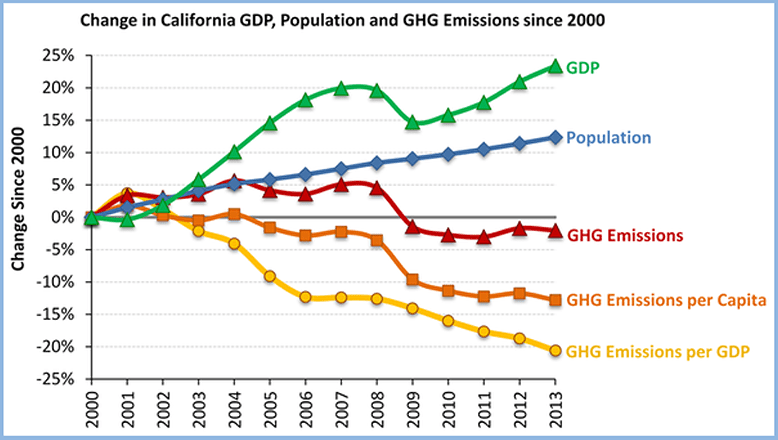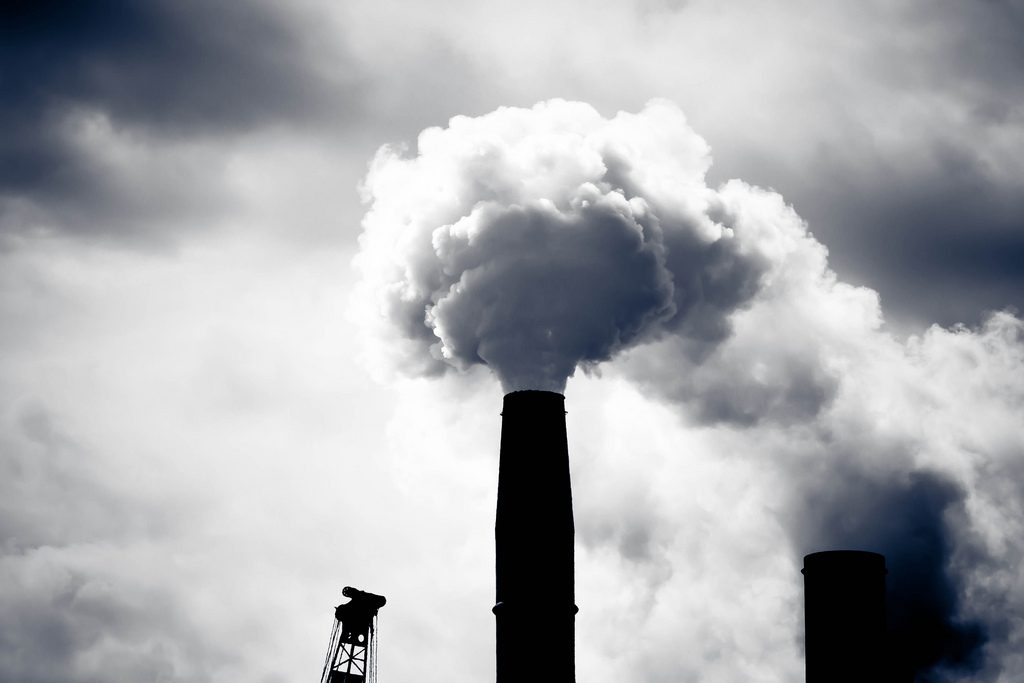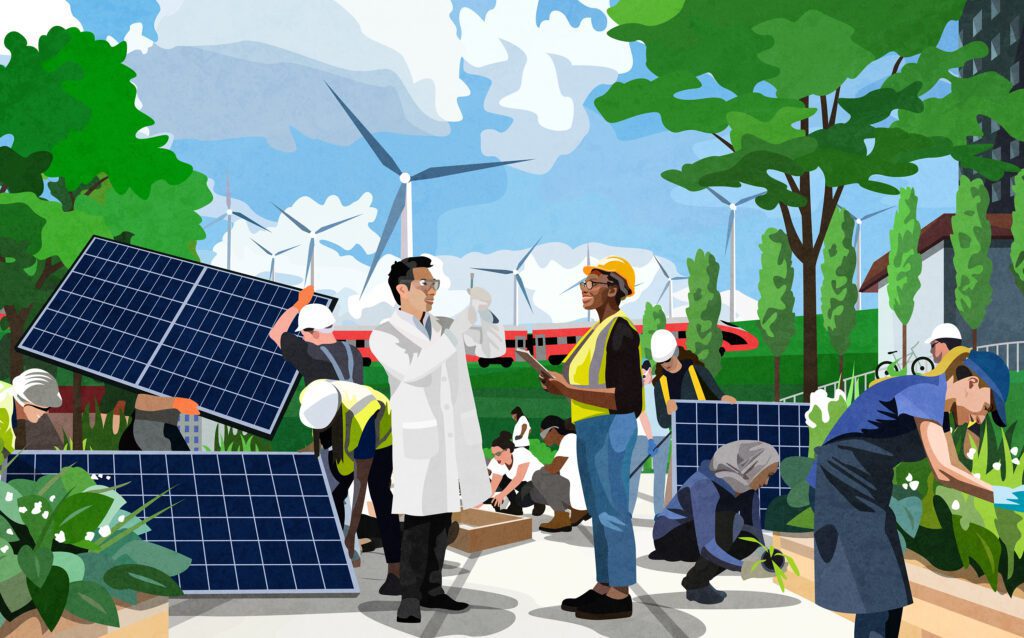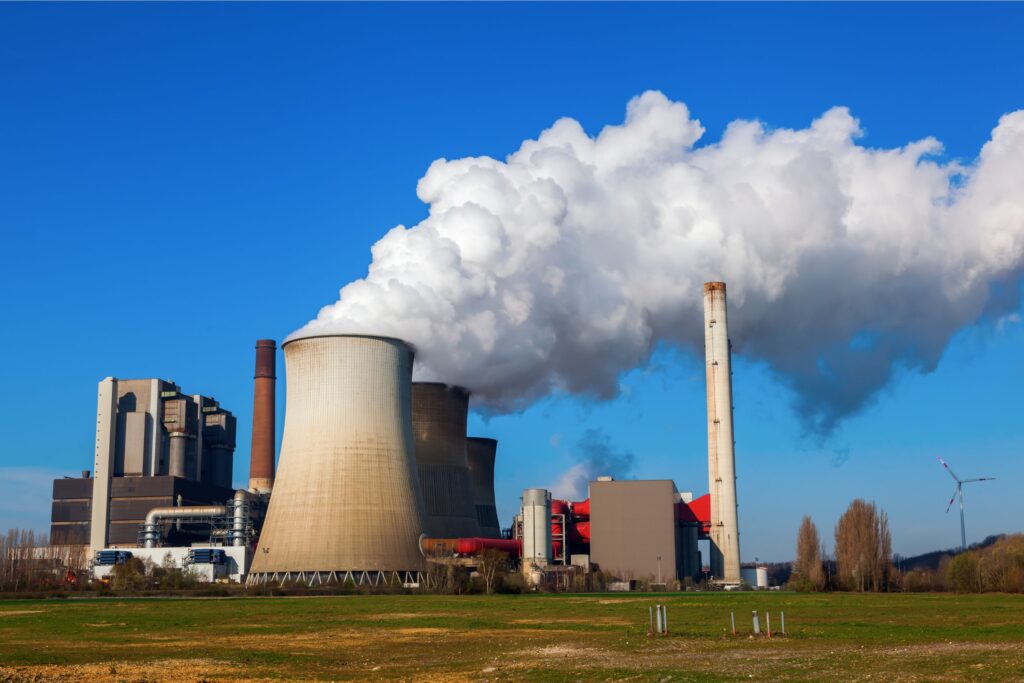With Ontario set to launch its cap-and-trade program in January, California and Quebec’s joint cap- and-trade program – which Ontario intends to join – is getting a lot of attention of late. In particular, a lot of people watched the recent auction to see if the market would rebound after two lackluster auctions. Well the wait is over: the news is in and it’s good!
Tuesday afternoon, California state officials reported that nearly 90 per cent of the available permits were snapped up in the recently quarterly auction, held November 15th. That’s up from about 35 per cent in the previous round in August, and from about 10 per cent in May. A pretty significant comeback, kid.
A quick refresher: Cap-and-trade is a carbon pricing system that sets a declining limit on the amount of greenhouse gases (GHG) that industries within a particular jurisdiction (say, California) can emit. Companies operating in this region must buy a permit — known as an allowance — for every ton of carbon they put into the atmosphere via an auction run by the state, province, etc.
Reduced demand for permits earlier this year was largely blamed on an over-saturation of permits in the market along with some uncertainty about the future of California’s cap-and-trade system after 2020 due to looming legal challenges.
Since the last auction, the uncertainty about the program’s continuation past 2020 was reduced,thanks in part to the passage of SB32 – a landmark law that extends California’s emissions reduction targets to 2030. And the solid sales in the recent auction are a vote of confidence that California’s system will withstand the legal challenge, and that cap-and-trade is there to stay, despite the recent United States election.
Also, the floor price for permits is set to rise in 2017 from $12.73 per metric ton of greenhouse gases to about $13.50 per ton – likely spurring companies to buy now before the price jumps.
As is the plan in Ontario, proceeds from California’s cap-and-trade program fund a variety of GHG-reducing initiatives – high-speed rail, sustainable communities and energy efficiency initiatives – so this auction provides an important influx of proceeds for the future of these initiatives. California has clearly demonstrated that revenue-positive carbon pricing systems can support a suite of complimentary programs to drive emission reduction (and in fact, the majority of Canadians prefer the revenue recycling program method.) But, it is essential to remember that carbon pricing’s goal is to reduce carbon emissions, not generate revenue.
Indeed, annual GHG declines are the most important indicator of success and in this measure California is succeeding. Emissions covered under the cap-and-trade program decreased by roughly one per cent between 2015 and 2014 – all in the face of a six per cent increase of state GDP, and a two per cent increase in employment level – again signaling that economic advancement and emissions output aren’t an either-or choice.


What does this all mean for Ontario? All eyes have been firmly glued on the California system, as we are slated to launch our own cap-and-trade program in 2017 with likely linkage to California and Quebec in 2018. Simply put, it’s a demonstration that cap-and-trade works, and that the Western Climate Initiative- the system that Ontario will be joining – is a robust carbon market. Fluctuations were and should expected in the cap-and-trade system. But with the market rebounding, it appears that the system itself is well designed. That said, long-term success of the program is propelled by certainty, and a strong, consistent commitment to carbon reduction. Political uncertainty in California, Quebec or Ontario could well send the market for a ride again.
If you want to learn more about California’s program, check out this guest blog by Deborah Moore, Western States Senior Campaign Manager for the Union of Concerned Scientists, who was recently in Toronto to discuss the role of civil society support for climate action.








